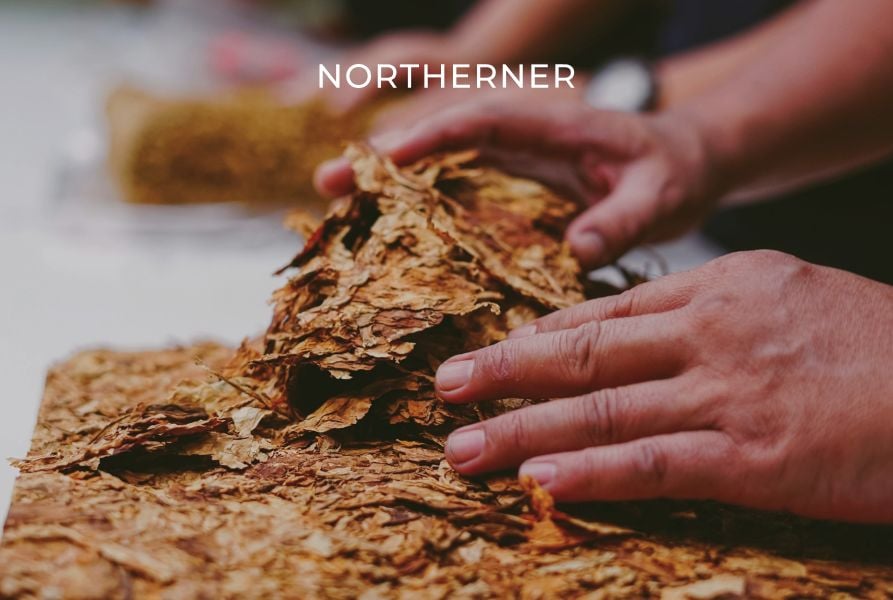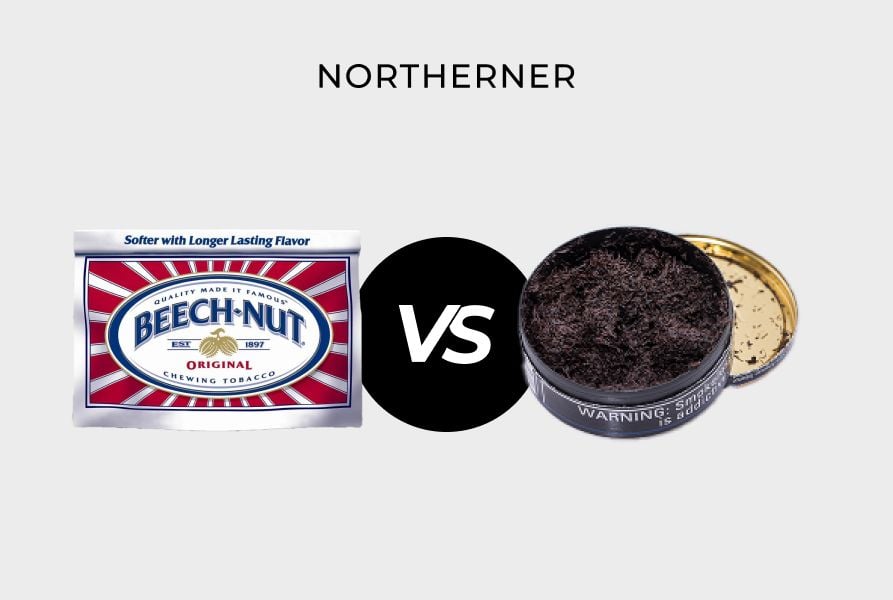How to Grow Tobacco
Are you curious about the art of growing tobacco? This guide is for you - as we give valuable insights and go indepth into the process of growing tobacco. We'll explore the world of tobacco cultivation, from the basics of getting started to the intricacies of nurturing tobacco plants. Discover the joys and challenges of growing tobacco at home, and gain an appreciation for the convenience and variety offered by pre-made tobacco products. Let's delve into the fascinating journey of growing tobacco.
The Basics of Growing Tobacco
Before embarking on a tobacco-growing journey, it's important to understand the tobacco growing legality and the necessary steps that someone would need to take to grow tobacco. Here's what you need to know:
Growing Tobacco Laws
If you are have been wanting to know the answer to “Can I grow my own tobacco?”, the process is complicated and there are some things you should consider before you even plant a tobacco seed. The biggest thing to consider are the laws on growing tobacco.
The laws on growing tobacco in the United States can vary from state to state, but here are some general things you should consider:
- Legal Age: You must be of legal age (21+) to even consider growing tobacco.
- Licenses and Permits: Some states require individuals to obtain a license or permit to grow tobacco for personal use, not just commercial use. Check with your state's agricultural department or relevant authorities to determine specific requirements.
- Quantity Restrictions: If you are able to grow tobacco, certain states may still have restrictions on the amount of tobacco you can grow for personal use so make sure you stay informed.
- Sales and Distribution: If you plan to sell or distribute tobacco that you have grown, additional regulations and permits may apply. Contact local authorities or regulatory bodies to understand the legal requirements for selling homegrown tobacco.
How to Grow Tobacco: Getting Started
When tobacco is grown, the setup is important. Tobacco growers need to make sure to have:
- Correct Licensing and Permits: Make sure to research if a license or permit is necessary to grow tobacco in your region and contact local agricultural authorities for guidance on legal requirements.
- Suitable Growing Conditions: It is important to choose a location with lots of sunlight, as tobacco plants require 6-8 hours of direct sunlight a day. It is also important to consider the climate and temperature requirements as tobacco thrives in warm, humid climates. The tobacco also needs well-draining soil that is rich in organic matter.
- Getting Quality Tobacco Seeds: This is work that should be left to the professionals, as they have reputable seed suppliers or specialized tobacco seed banks. Plus they know ins and outs of the tobacco varieties (like Virginia, Burley, and Oriental).
- Planting Tobacco Seeds: When growing tobacco from seeds, tobacco seeds need to start indoors 8-10 weeks before the last frost date or sow directly into prepared soil. Each variety will need specific spacing and has specific planting setup requirements.
Growing Tobacco Timeline
How long does it take to grow tobacco? On average, it takes approximately 3 to 4 months from planting tobacco seeds to harvesting mature leaves. However, the time it takes to grow tobacco can vary depending on various factors such as the type of tobacco, climate, growing conditions, and cultivation methods. Additionally, curing and aging processes may be required after the tobacco leaves are harvested.
Here is a general timeline for how long it takes when growing tobacco from seeds.
Part 1: Planting the Tobacco Seeds
1. Start the seeds indoors 8-10 weeks before the last frost date or sow them directly into prepared soil.
2. Fill seed trays or pots with a seed-starting mix and lightly press the seeds into the soil surface.
3. Cover the trays or pots with a plastic dome or wrap them in a plastic bag to create a humid environment.
4. Place the trays or pots in a warm location with indirect sunlight until the seeds germinate.
Part 2: Transplanting the Tobacco Seedlings
When the seedlings have reached a suitable size (around 6-8 inches tall) with several leaves, they are ready for transplanting. Choose a well-prepared planting site with fertile soil and good drainage. Space the seedlings according to the recommended spacing for the specific tobacco variety.
Part 3: Nurturing the Tobacco
- Water the tobacco plants regularly, ensuring that the soil remains moist but not waterlogged.
- Fertilize the plants using a balanced fertilizer, following the manufacturer's instructions.
- Monitor for pests and diseases, and take appropriate measures for prevention and control.
- Remove any suckers or side shoots that may grow from the base of the plants to encourage vertical growth.
- Prune or remove any yellow or damaged leaves to promote healthier growth.
These are the basic steps to follow to ensure that tobacco is grown properly and the tobacco plants are nurtured for a successful harvest. However, each tobacco plant and setup will require different setups and maintenance - growing tobacco is a complex process!
The Harvesting & Curing Tobacco Process
Harvesting tobacco is an important step in the cultivation process. Here are the 4 steps that are included in the harvesting and curing tobacco stage.
1. Determining Harvest Time. Tobacco leaves are typically harvested when they have reached the desired color, texture, and nicotine content. Different tobacco varieties have specific maturity indicators, such as leaf coloration or wilting.
2. Harvesting the Leaves. The individual leaves are cut from the tobacco plants using sharp scissors or a knife.
3. Curing the Leaves. Curing is the process of drying and aging tobacco leaves to develop flavor and aroma. There are various curing methods that can be used, including air-curing, flue-curing, fire-curing, and sun-curing, depending on the type of tobacco and desired characteristics.
4. Storing and Aging. Once the tobacco leaves are cured, they should be stored in a cool, dry, and well-ventilated area to avoid mold or mildew growth. Aging times can vary from a few months to several years. The curing and aging processes is one of the most important steps to ensuring the tobacco develops the desired qualities. Proper handling and storage are essential to maintain the quality of the harvested tobacco leaves.
Growing Tobacco at Home vs Buying Pre-Made Tobacco Products: Making an Informed Choice
While growing tobacco at home can seem like an exciting experience, it is tricky and requires a lot of work, so the better choice is to choose pre-made tobacco products, here's exactly why:
- Expert Craftsmanship. Pre-made tobacco products are meticulously crafted by seasoned professionals who have mastered the art of tobacco production. Their expertise ensures consistent flavor profiles, optimal blending techniques, and precise nicotine levels.
- Variety and Convenience. With pre-made tobacco products, you have access to an extensive range of flavors, blends, and formats to suit your preferences. Whether you prefer rich and robust flavors or subtle and mellow flavor notes, there's a wide selection available.
- Time and Effort. Growing tobacco at home demands significant time, effort, and expertise - not to mention permits. By choosing pre-made products, you can skip the labor-intensive cultivation process and focus on simply using the products.
- Quality Assurance. Reputable tobacco manufacturers stick to strict quality control measures. Their commitment to product standards guidelines and excellence guarantees a dependable product. If you want the best chewing tobacco products or best dip products for example, it is better to get them from tested and reputable brands.
Remember, while growing tobacco at home can be a fulfilling hobby, purchasing pre-made tobacco products offers convenience, expertise, and a diverse range of options - plus it ensures you are getting tested and legal products.






